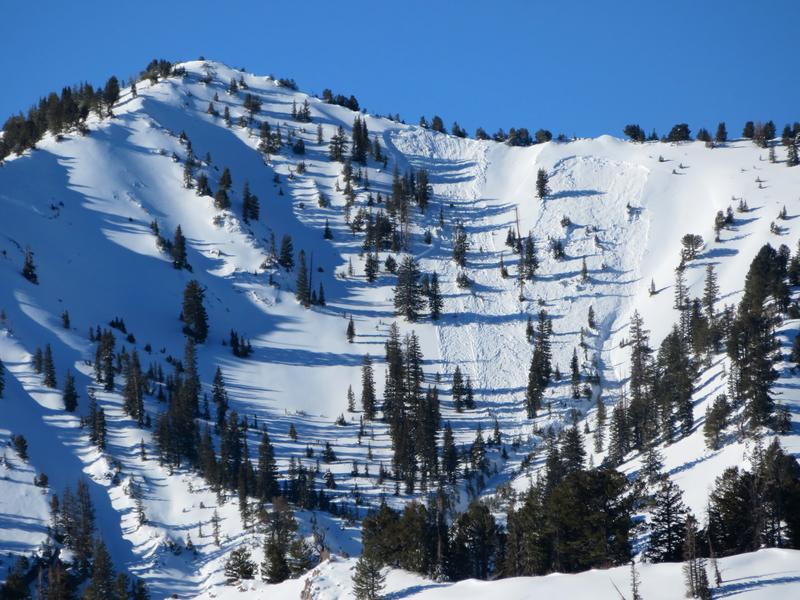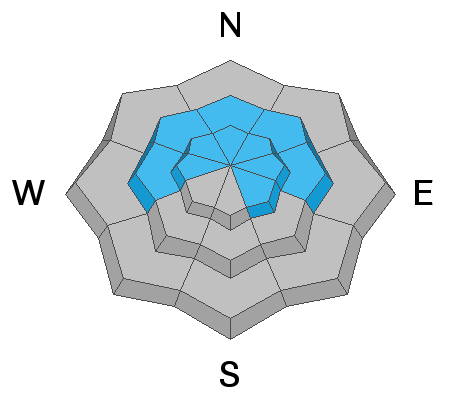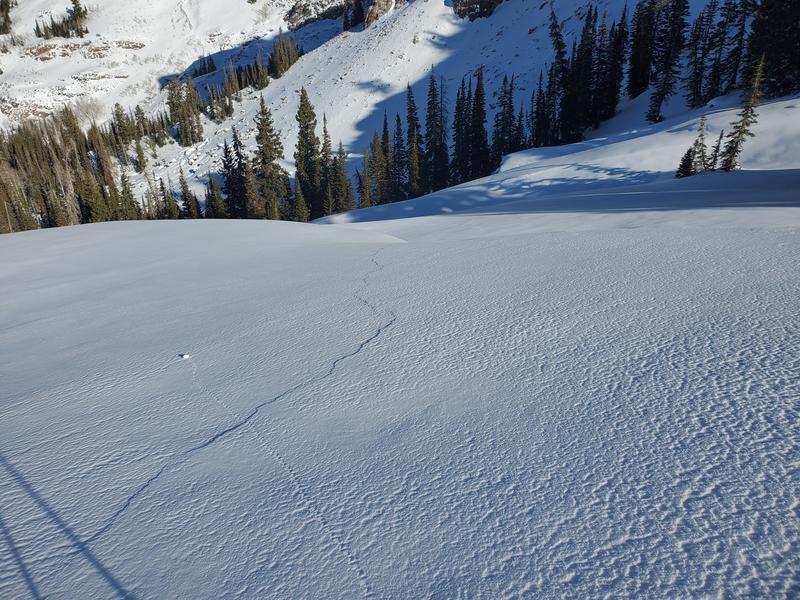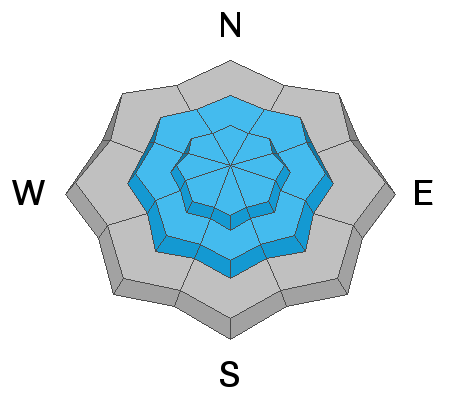Forecast for the Salt Lake Area Mountains

Issued by Nikki Champion on
Sunday morning, December 27, 2020
Sunday morning, December 27, 2020
Human triggered avalanches remain likely at the mid and upper elevations on aspects facing, west, north and east where the weak faceted snow combined with fresh wind drifts are the main avalanche problems. In these places the avalanche danger is CONSIDERABLE. Stay off of and out from underneath slopes 30° degrees and steeper at the mid and upper elevations. If you trigger an avalanche, it is likely to break down 1-3' and up to several hundred feet wide. These avalanches may be triggered remotely and from lower-angled terrain
On upper and mid-elevation southerly aspects there is a MODERATE danger.
All low elevation aspects have a LOW danger.

Low
Moderate
Considerable
High
Extreme
Learn how to read the forecast here










